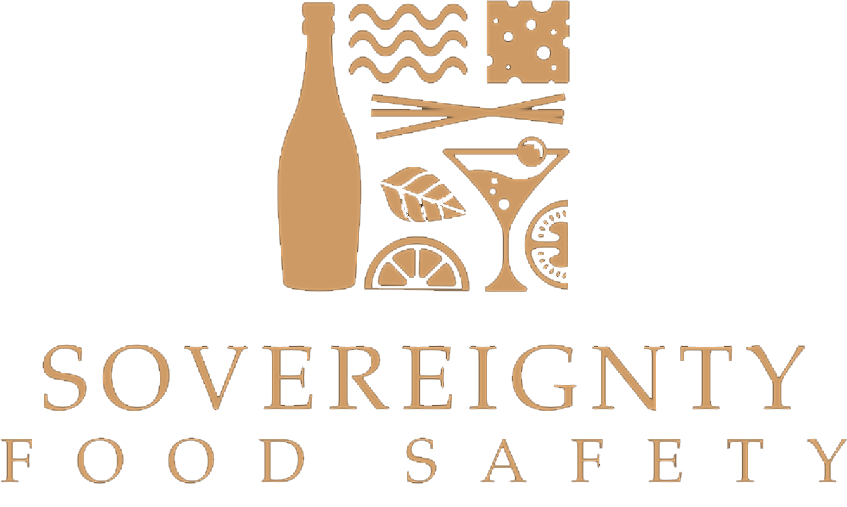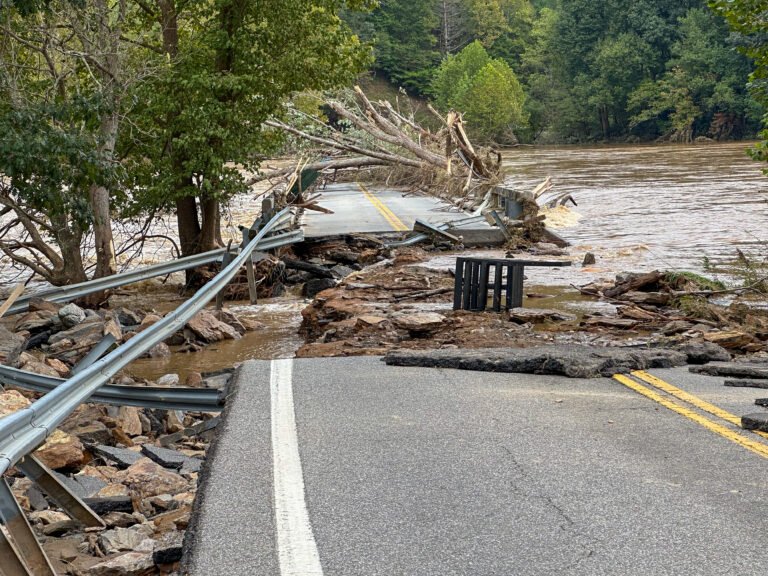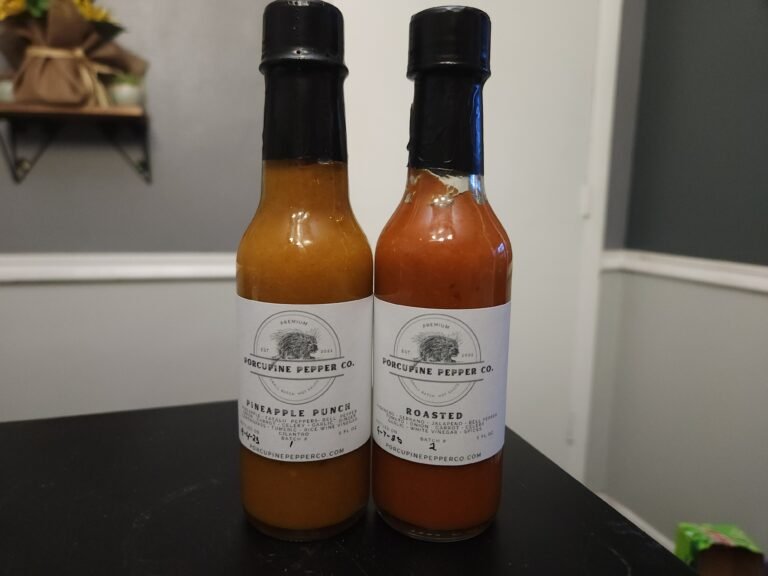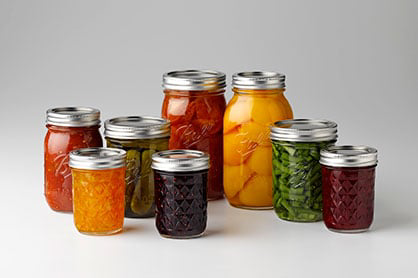Why Ignoring Science Could Put Your Family at Risk — Even If Your Intentions Are Good
by Chef Chris Galipeau
I believe in personal freedom.
You have the right to grow your own food, prepare it how you see fit, and nourish your body in a way that aligns with your values. I teach food sovereignty because I want people to reclaim control over their pantries, their health, and their homes.
But with that freedom comes responsibility — especially when we’re preserving food for our families. And that’s where the growing trend of “rebel canning” becomes a serious problem.
What Is Rebel Canning?
“Rebel canning” refers to the practice of intentionally disregarding USDA-approved canning guidelines in favor of anecdotal methods, untested recipes, or internet folk wisdom. This might include:
- Water bath canning low-acid foods like green beans or meats
- Dry-packing dense vegetables like potatoes or squash
- Adding fats or dairy to jars without tested recipes
- Making up your own canning times or temperatures
- Trusting a family recipe “because no one ever got sick from it”
- Oven canning.
- Canning pasta, oatmeal, rice or other grains.
Many who promote these practices frame it as resistance: a way of reclaiming traditional knowledge and rejecting government overreach. I get the appeal. Like many of you, I don’t place blind faith in bureaucracies — especially when it comes to food systems that have been compromised by profit, convenience, and industrial interests.
But this isn’t about politics.
This is about microbiology.
How Botulism Actually Works
Botulism is caused by a neurotoxin produced by Clostridium botulinum, an anaerobic, spore-forming bacterium. These spores exist naturally in soil, water, and on the surface of many raw foods — and they’re harmless until they find the right environment to activate: low-oxygen, low-acid, moist, and warm.
Once active, the bacteria begin to produce a toxin that blocks nerve function. Just one microgram of botulinum toxin — an amount invisible to the naked eye — can cause paralysis or death. There is no reliable home test for detecting its presence.
To destroy these spores, food must reach 240–250°F (116–121°C) — temperatures only possible in a properly calibrated pressure canner.
Water bath canning, which maxes out at the boiling point of water (212°F), cannot reach those temperatures, no matter how long you process the jar. That’s why low-acid foods must be pressure canned.
Botulism Doesn’t Care About Your Intentions
Here’s what makes botulism so dangerous:
- It has no smell
- It has no taste
- It leaves no visible signs of spoilage
- Not all strains produce gas — so that bulging lid you’re looking for? It may never appear.
- The only way to detect it is to view the spores under a microscope — not exactly something you can do at home.
That means the only way to know your food is safe is to follow methods that are known to kill botulinum spores. Guessing, adapting, or skipping steps is not brave or resourceful — it’s playing Russian roulette with your food supply.
You might get away with it once. Maybe a dozen times.
But it only takes one bad jar to change your life forever.
Real Stories, Real Consequences
- April 2022, Aberdeen, Washington (home canning death):
A man in Grays Harbor County died from suspected botulism after consuming improperly home-canned food. Local health departments assisted in safely disposing of roughly 170 jars of homemade canned goods, warning that “even a tiny taste of food contaminated with this toxin can kill an adult”
Read about it here. - June 2018, New York City (home-canned peas):
Four individuals fell seriously ill—including two requiring mechanical ventilation—after eating a homemade potato salad made with improperly canned peas. The investigation revealed the peas were processed using a fruit-recipe water bath instead of a pressure canner, underscoring how easily people confuse these safe methods.
Read about it here. - June 2024, Clovis/Fresno County, California (home-canned nopales):
At least 10 people were hospitalized (including two ICU admissions) after eating home-canned cactus pads at family gatherings. The California Department of Public Health confirmed Clostridium botulinum was the cause and emphasized sealed jars can still be deadly .
Read about it here. - 2015, Ohio (church potluck):
Home-canned potatoes in potato salad led to a botulism outbreak that hospitalized 29 people and claimed one life — the largest such outbreak in the U.S. in nearly 40 years.
Read about it here.
These are real families, facing real suffering—because of ** preventable mistakes**. Each case shows how low-acid foods, when not pressure canned, create a dangerous environment for Clostridium botulinum. The takeaway? Ignore the science at your peril.
Let’s Talk Numbers
The U.S. sees relatively few botulism cases each year — and that’s because most home canners follow tested, proven safety standards. But:
- 90% of U.S. foodborne botulism cases come from improperly canned home food
- About 10% of those cases are fatal
- Survivors may require months of hospitalization and ventilator support
In countries like parts of Eastern Europe and South America, where home canning safety is less standardized and water bath canning of low-acid foods is more common, botulism rates are significantly higher.
But What About the Government?
Let’s be honest — a lot of rebel canning stems from distrust of government agencies. I understand that. I don’t put blind faith in federal institutions either.
But food preservation safety isn’t just bureaucratic policy.
It’s biology. It’s chemistry. It’s physics.
USDA guidelines exist not to control you, but to keep people alive. They’re based on decades of real-world research, conducted by food scientists and microbiologists. You don’t have to love the government to recognize that botulism doesn’t care who’s in charge — it only cares if the conditions are right to grow.
It’s Not Just the USDA — It’s the Entire Scientific Community
USDA guidelines are just one part of a much larger body of research that includes:
- The National Center for Home Food Preservation (NCHFP) at the University of Georgia
- Land-grant universities like Penn State, Oregon State, and Washington State, conducting their own safety tests
- Independent food science labs doing pH, density, and thermal testing
- Cooperative Extension offices around the U.S. that teach and publish real-world preservation data
These aren’t agencies trying to sell you pressure canners or force you to eat store-bought. These are researchers, educators, and scientists working to keep the public safe — and make home food preservation sustainable for the long haul.
Much of their work is publicly funded, independently reviewed, and accessible for free.
This Isn’t About Control — It’s About Physics
If commercial food processors can safely preserve meat, dairy, pasta, and sauces — why can’t home canners?
Here’s why:
- Commercial processors use extremely high-pressure and high-temperature retorts that are not available for home use
- Their recipes rely on chemical preservatives, acidifiers, stabilizers, and laboratory-tested packaging
- They do batch testing with thermocouples and safety validation before their product ever reaches a shelf
When you try to replicate that in your kitchen — using untested recipes or shortcuts — you’re introducing risk into an environment that already demands precision.
Risking Yourself Is One Thing — But This Isn’t Just About You
If you want to gamble with your own health, that’s your right.
But the truth is, most of us aren’t just canning for ourselves. We’re feeding our partners, our children, our elders, our neighbors.
And botulism doesn’t discriminate.
It’s not a warning sign kind of illness. There’s no smell, no bad taste, no weird texture. It doesn’t spoil the way mold or yeast does. The jar may look and feel perfectly fine — until it isn’t.
So when you water bath green beans, dry pack potatoes, or can dairy “just to try it,” you’re not just rolling the dice for yourself — you’re rolling them for the people you love most.
What I Hear From Students
Every time I teach a class, someone says:
- “Well, my grandmother never used a pressure canner.”
- “But the jar sealed — doesn’t that mean it’s safe?”
- “This YouTuber does it all the time, and they’re fine.”
Here’s the truth:
- A sealed lid only means a vacuum formed — it tells you nothing about the internal temperature.
- YouTube and Facebook groups are not peer-reviewed laboratories.
- And yes, some people win at Russian roulette.
But that doesn’t make it a safe game.
A Mental Reframe: Tradition Meets Science
You’re not dishonoring tradition by using a pressure canner — you’re protecting the tradition by ensuring it survives.
The goal isn’t to do things just like grandma did. The goal is to keep food on the shelf, keep people fed, and keep our families healthy — using the best knowledge available today.
My grandmother began pressure canning in the 1950s.
She had a large garden, a family to feed, and a healthy respect for the risks. She didn’t pressure can because the government told her to — she did it because she knew it was the safest way to preserve low-acid foods. That knowledge wasn’t just tradition — it was practical wisdom backed by emerging science.
So when someone tells you, “My grandma didn’t use a pressure canner,”
you can answer: Mine did. Because she understood what was at stake.
Final Thoughts
I don’t teach canning to scare people. I teach it to empower them — to make them independent, informed, and capable.
Canning is not dangerous when it’s done correctly.
But rebel canning — when it ignores tested science — absolutely is.
The rise in unsafe canning content online is deeply concerning, and I urge you:
Don’t gamble with your food supply. Don’t risk your family’s health on an Instagram reel.
This isn’t about fear.
It’s about truth, tradition, and taking your food freedom seriously.
Want to Learn More?
I teach pressure and water bath canning with hands-on safety protocols and tested recipes. If you’re ready for food freedom — with clarity and care — online classes are coming next month.





